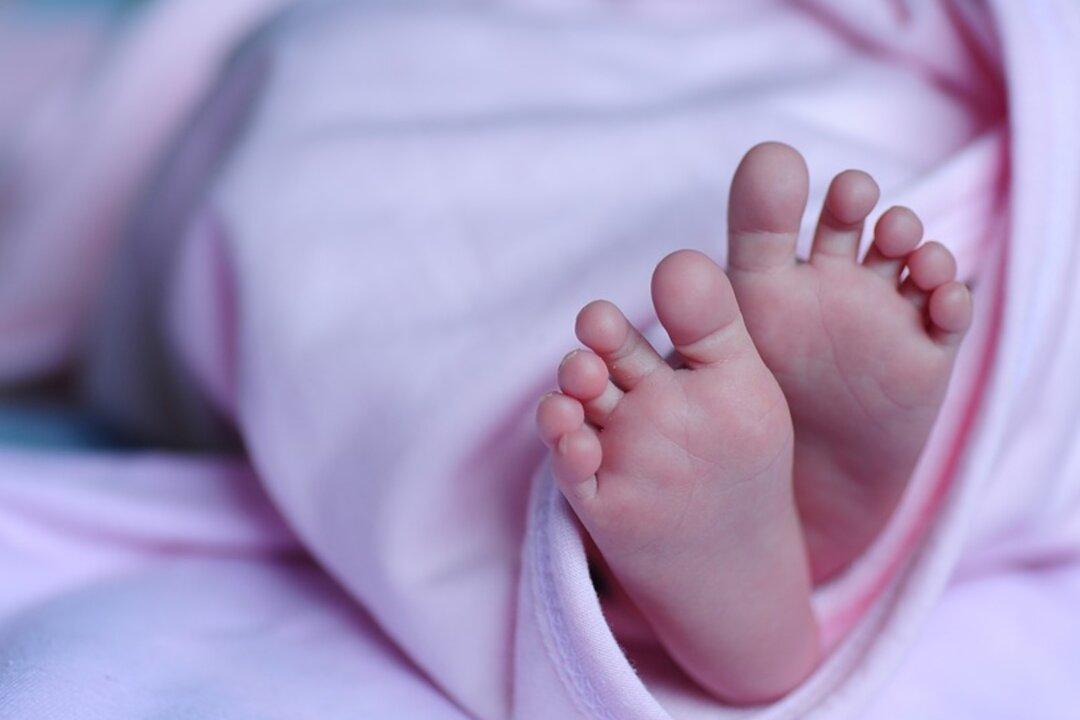A new MRI technique revealed an incredible sight: Siblings apparently are never too young to fight with each other.
The high-clarity MRI scan shows twins jockeying for position inside the womb.


A new MRI technique revealed an incredible sight: Siblings apparently are never too young to fight with each other.
The high-clarity MRI scan shows twins jockeying for position inside the womb.